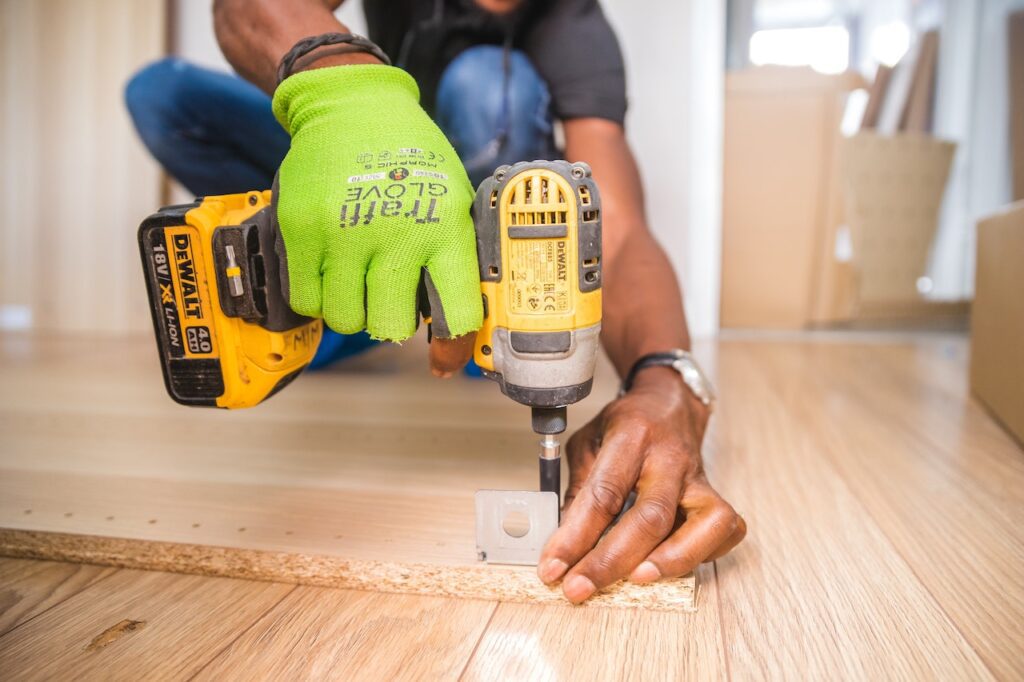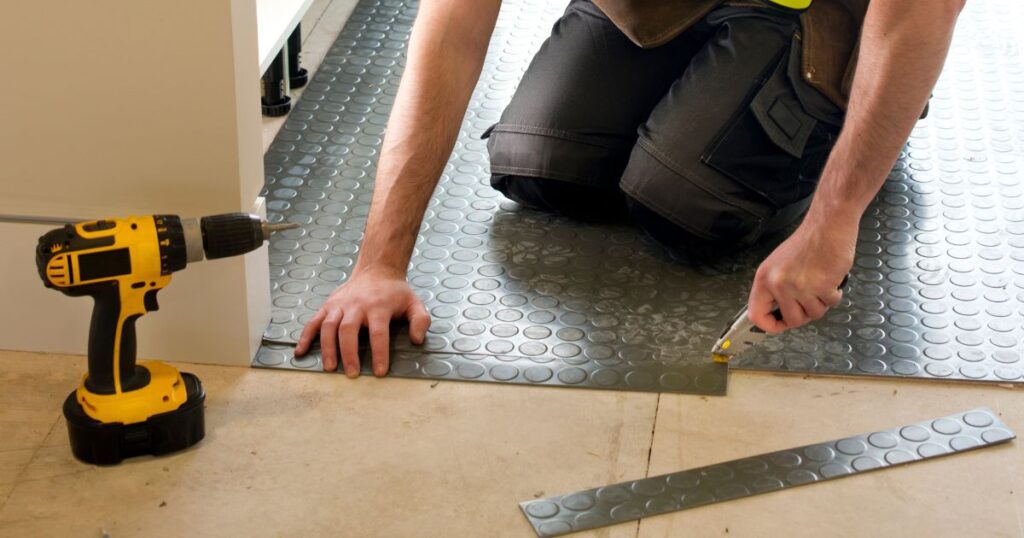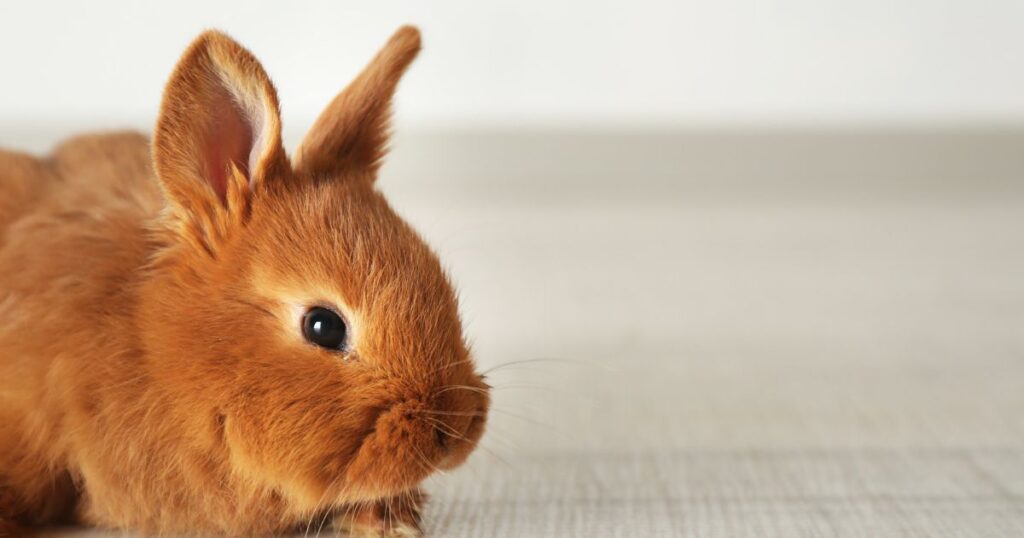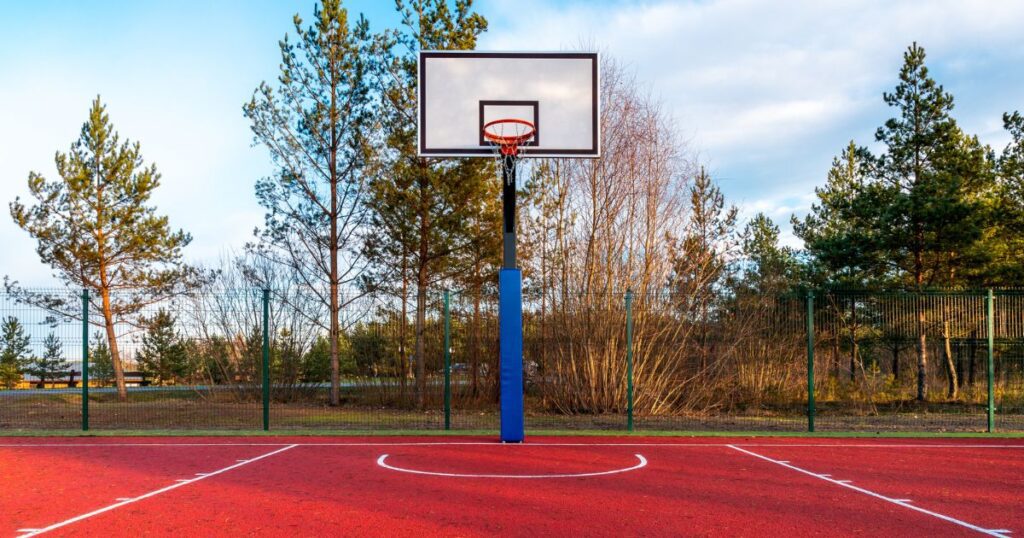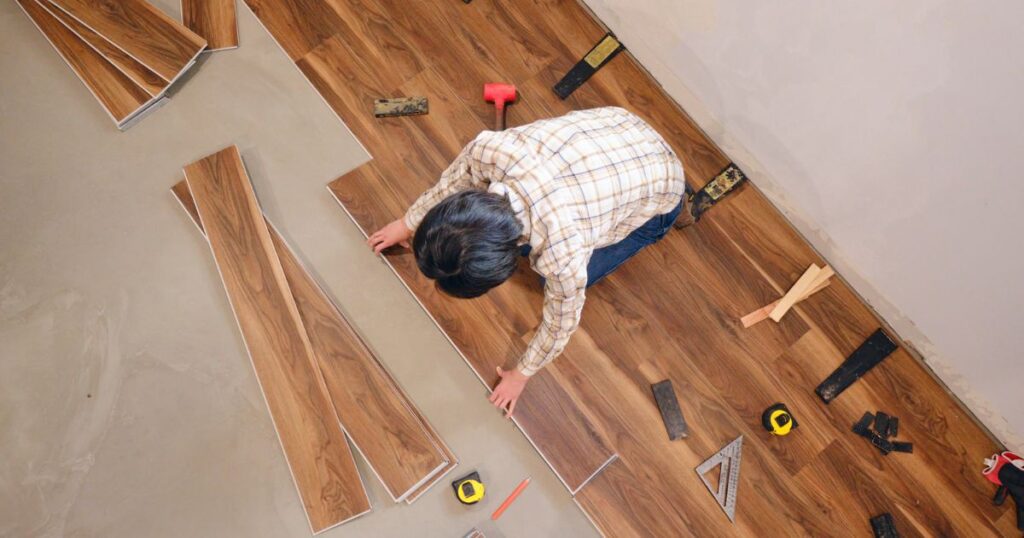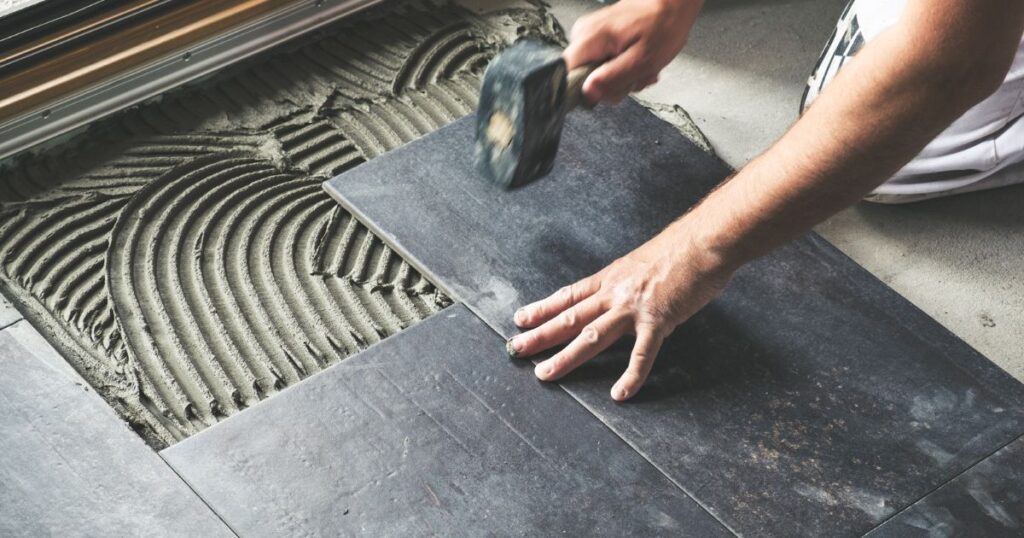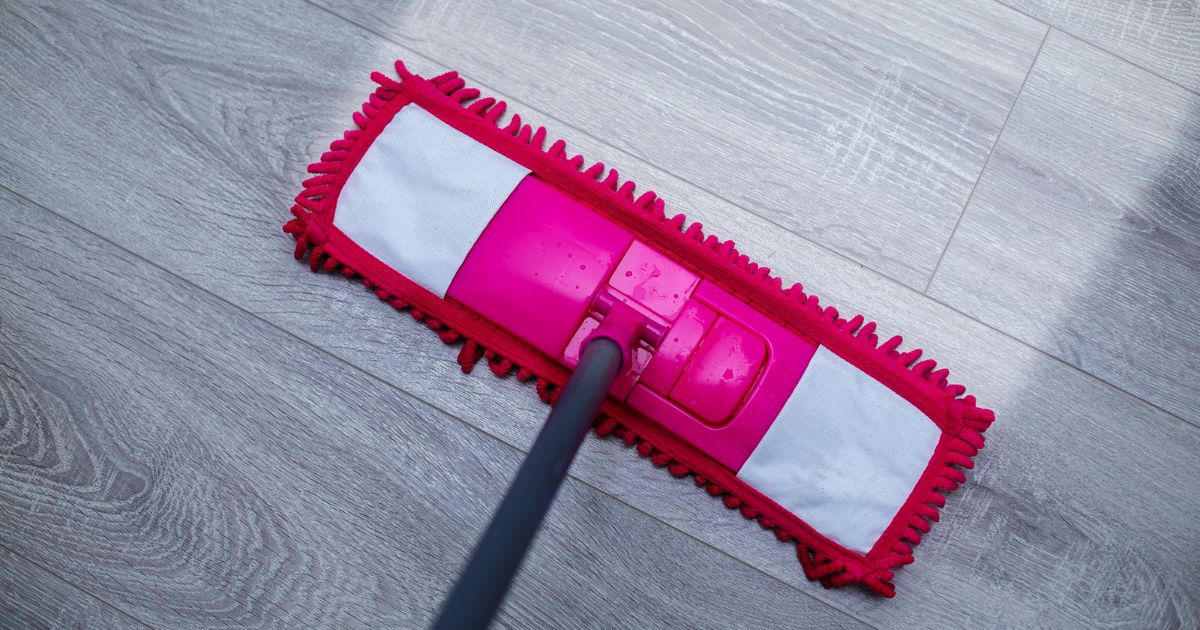
Cleaning laminate flooring is a task that can be easily dismissed as unimportant, but it is actually crucial in maintaining a clean and healthy living environment. Not only does a well-maintained floor contribute to the overall aesthetic of a home or office, but it also prevents the buildup of allergens and other potential health hazards. Neglecting to clean laminate flooring can lead to costly repairs down the line, which could have been prevented by regularly cleaning and maintaining the floor. What is the best way to clean laminate flooring?
As someone who has owned multiple homes with laminate flooring, I have come across various misconceptions about how to clean this type of flooring properly. Some people believe that simply sweeping or vacuuming it once in a while is enough, while others think that using harsh chemicals will do the trick.
However, both of these methods are improper and can cause damage to your laminate flooring. In this article, I will share my expert opinion on what is truly the best way to clean your laminate flooring.
From understanding what laminate flooring is made of and its unique characteristics to discussing best practices for cleaning and maintenance, I’ll cover everything you need to know about keeping your floors spotless and looking brand new for years to come. So let’s dive right in!
Understanding Laminate Flooring
What is Laminate Flooring Made of?
Laminate flooring is made up of several layers of materials that are fused together to create a durable and attractive floor covering. The top layer is the wear layer, which protects the flooring from scratches, stains, and other damage. This layer is typically made of aluminum oxide or melamine, two strong materials that hold up well to foot traffic and general wear and tear.
The next layer is the design layer, which gives the flooring its visual appeal. The design layer can be made to look like many different types of natural materials, such as wood or stone.
This makes laminate flooring a popular choice for homeowners who want the look of hardwood or tile without the high cost. The core layer provides stability and support for the rest of the flooring.
It can be made from a variety of materials, including high-density fiberboard (HDF) or medium-density fiberboard (MDF). HDF core boards are denser than MDF boards and tend to be more durable.
RELATED: How to Cut Vinyl Flooring with a Utility Knife?
The Characteristics of Laminate Flooring
Laminate flooring has several characteristics that make it an attractive option for homeowners. One key characteristic is its durability – laminate floors can last for 15-25 years with proper care. Additionally, laminate floors are moisture-resistant, making them ideal for use in bathrooms and kitchens where spills may occur.
Another benefit to laminate floors is their affordability – they typically cost less than hardwood or tile floors. Additionally, laminates are relatively easy to install; they can often be floated over existing subfloors without glue or nails.
Why Laminate Floors Require Special Care When Cleaning
While laminate floors have many benefits, they do require special care when cleaning because they can be easily damaged by water or harsh cleaning products. Because water can seep through the seams in the flooring, it’s important to avoid using too much water when cleaning.
Additionally, harsh cleaning products can strip away the protective wear layer and cause permanent damage to the flooring. To clean laminate floors properly, it’s important to use gentle cleaning solutions and avoid abrasive tools like steel wool or scouring pads.
Sweeping or vacuuming regularly will also help prevent dirt and debris from building up on the surface of the floor. By taking care when cleaning your laminate floors, you can ensure that they remain beautiful and durable for years to come.
Preparing for Cleaning
A Checklist of Things to Do Before Starting the Cleaning Process
Cleaning laminate flooring requires more than just a mop and bucket. Before starting the cleaning process, it’s important to take a few necessary steps to ensure that your floor is ready for a deep clean.
First things first, remove all furniture and rugs from the area. This will give you plenty of room to move around and ensure that every inch of the floor is cleaned properly.
Next, give your floor a good sweep or vacuum. This will remove any loose dirt and debris from the surface, making it easier to clean later on.
Additionally, it’s important to check for any sticky spots or stains on your flooring before you start cleaning. These spots may require extra attention or even some special cleaning solutions to be fully removed.
Suggest Tools and Materials Needed for Effective Cleaning
Now that you’ve prepped your floor for cleaning, it’s time to gather the necessary tools and materials needed for the job. First up: a microfiber mop or cloth.
Microfiber is gentle on laminate flooring but still effective at picking up dirt and grime. You’ll also need a bucket filled with warm water, as well as any cleaning solution you plan on using (if applicable).
When choosing a cleaning solution, make sure that it’s specifically designed for use on laminate flooring – harsh chemicals can cause damage over time. Don’t forget about protective gear!
Wear comfortable clothes that allow you to move around easily while cleaning. And if you’re using any bleach-based products, be sure to wear gloves and eye protection.
Remember: proper preparation is key when it comes to effectively cleaning laminate flooring. Taking these extra steps will ensure that your floors stay looking great for years to come!
What is the Best Way to Clean Laminate Flooring?
Sweeping or Vacuuming
Let me be clear: if you’re not sweeping or vacuuming your laminate flooring before you mop, you might as well not even bother cleaning it at all. Seriously! Dirt, dust, and debris can easily scratch and damage the surface of your floor if they’re not removed first.
Plus, any particles left behind can make your mopping efforts less effective. So do yourself a favor and invest in a good quality broom or vacuum cleaner.
When it comes to sweeping laminate flooring, opt for a soft-bristled broom instead of a stiff-bristled one. The latter can scratch the surface of your floor and cause more harm than good.
Use long, sweeping motions to collect dirt and debris into piles, then dispose of them in the trash. If you’re using a vacuum cleaner instead, make sure it’s set to hardwood floors mode (if available) or use the bare floor attachment to prevent scratching.
Mopping with Water
Now that your laminate flooring is free of dirt and debris, it’s time to break out the mop! But wait – before you start sloshing water all over the place willy-nilly, there are some ground rules to follow. First things first: dampen your mop – don’t soak it!
Too much water can seep between the seams of your laminate flooring and cause warping or buckling over time. When choosing which type of mop head to use on your laminate flooring, go for microfiber over traditional cotton.
Microfiber is more absorbent than cotton and will pick up more dirt with less water involved – which means less risk of damage to your floor overall. Before starting to mop make sure that any excess water has been wrung out now apply only enough pressure while mopping so as not to damage the seams or any other part of your flooring.
Using Cleaning Products
It’s a common misconception that you need fancy, expensive cleaning products to effectively clean laminate flooring. In reality, plain old water is usually all you need!
However, there are times when using a cleaning product may come in handy. If you have stubborn stains or dirt that won’t budge with water alone, then using a mild laminate floor cleaner is appropriate.
But be warned: not all cleaning products are created equal! Avoid using anything abrasive (like baking soda) or acidic (like vinegar) on your laminate floors – they can scratch and dull the surface over time.
Instead, look for cleaning products specifically designed for use on laminate floors that won’t leave behind any residue or buildup. If in doubt about which product to use, test it out in an inconspicuous area first to make sure it doesn’t cause any damage.
Avoiding Common Mistakes When Cleaning Laminate Flooring
Using Too Much Water: A Slippery Slope to Disaster
One of the most common mistakes people make when cleaning laminate flooring is using too much water. It may seem like a good idea to add more water to get rid of stubborn stains, but it’s a slippery slope to disaster. Excess water can seep into the seams of the laminate, causing the planks to swell and eventually buckle.
This will lead to an expensive repair or even worse, a full replacement. So, what’s the solution?
Use a spray bottle with a mixture of water and vinegar or other mild cleaning solution instead of mopping with a bucket full of water. This will keep excess water from seeping into the seams while still allowing you to effectively clean your floors.
Using Abrasive Tools: Scratching Your Way into Trouble
Another common mistake people make when cleaning laminate flooring is using abrasive tools like steel wool pads or harsh scrub brushes. While these may be effective at removing tough stains, they can also scratch and damage the surface of your laminate flooring. So, what’s the solution?
Use soft microfiber cloths or mop heads for cleaning laminate floors instead. These gentle tools will effectively clean your floors without leaving any scratches.
Not Drying the Floor Properly: The Silent Killer
One final mistake people often make when cleaning laminate flooring is not drying it properly after mopping it up. Leaving moisture on your floor can again cause swelling along with mold growth and other long-term issues for both your health and home value.
So, what’s the solution? Make sure you dry off your floors completely after mopping them up by using dry towels or allowing plenty of time for air drying before walking on them again!
By avoiding these three simple mistakes, you can keep your laminate flooring looking its best for years to come. So don’t fall into the trap of thinking that more water or harsh cleaning tools are the answer – use gentle methods and be sure to dry off your floors thoroughly to keep them in top condition.
Tips for Maintaining Clean Laminate Flooring
Stop Wearing Shoes Indoors
One of the easiest ways to maintain clean laminate flooring is to stop wearing shoes indoors. Shoes carry all kinds of dirt, debris, and germs from outside onto your floors. Not only does it make your laminate flooring dirty, but it can also scratch or damage the surface.
By taking off your shoes at the door, you’re preventing all of that from getting onto your floors in the first place. Plus, it’s a great habit to adopt for improved hygiene in your home.
Use Felt Pads on Furniture
Furniture can easily scratch or damage laminate flooring if not properly protected. One solution is to use felt pads on furniture legs and bases that come into contact with the floor.
Felt pads help distribute weight evenly across the surface of the floor and prevent scratches caused by sliding furniture around. Additionally, felt pads reduce the noise created by movement across hard surfaces.
Regularly Trim Pet Nails
If you have pets that roam around inside your home, their nails can easily scratch up your laminate flooring if they become too long or sharp. Regularly trimming their nails will help prevent these scratches and keep your floors looking like new.
Frequently Asked Questions
What is the best thing to clean laminate floors with?
Use a mild, pH-neutral cleaner designed for laminate flooring to clean laminate floors effectively.
How do I get my laminate floors clean and shiny?
To achieve clean and shiny laminate floors, sweep or vacuum first, then damp mop with a recommended laminate floor cleaner, following the grain of the laminate, and dry with a cloth.
What is the proper way to clean laminate?
Properly clean laminate floors by using a damp mop or cloth with a gentle laminate floor cleaner and avoid excessive water.
How do you super clean laminate flooring?
Enhance laminate floor cleaning by adding mild dish soap or vinegar to the cleaning solution, following manufacturer guidelines, and avoiding excessive water or abrasive scrubbing.
How can I make my laminate floors shine naturally?
Naturally, make laminate floors shine by misting a mixture of equal parts water and vinegar, then buffing dry with a cloth or mop.
Can you use Lysol on laminate floors?
Avoid using Lysol or disinfectant sprays directly on laminate floors, as they can leave damaging residues. Stick to using cleaners specifically made for laminate flooring.
Conclusion
Maintaining clean laminate flooring isn’t rocket science, but it does require some effort on our part as homeowners. By following these tips mentioned above, we can avoid costly repairs and replacements down the road while keeping our homes looking clean and inviting at all times.
Remember to regularly sweep or vacuum before mopping with water or using cleaning products specifically designed for this type of flooring material. Avoid using abrasive tools or too much water, as this can cause irreparable damage over time.
Don’t forget about preventative measures such as removing shoes indoors and using felt pads on furniture legs. These small steps can make a big difference in the longevity of your laminate flooring and help keep your home looking its best.

